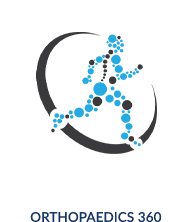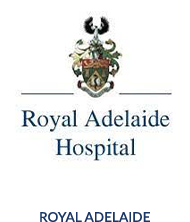What is a rotator cuff tear?
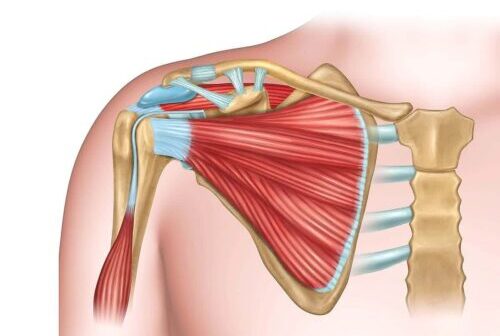
The rotator cuff is a collective term for 4 important muscles around the shoulder joint which help lift and also rotate the arm. These are the subscapularis, supraspinatus, infraspinatus and teres minor. The muscles form a tendon (a strong fibrous band of tissue) which attach it to the arm bone (humerus).
The rotator cuff tendons work in delicate balance to move and position the arm in space so that everyday activities and functions can be performed – these include things like brushing your hair and feeding yourself, reaching behind your back to undo a bra strap, or reaching above your head to hang the washing.
The rotator cuff tendons are also very important in ensuring the head of the arm bone (humerus) remains centred and stable in the shoulder socket (glenoid). A torn rotator cuff that is neglected can lead to a form of shoulder arthritis known as rotator cuff arthropathy.
How is a rotator cuff tear caused?
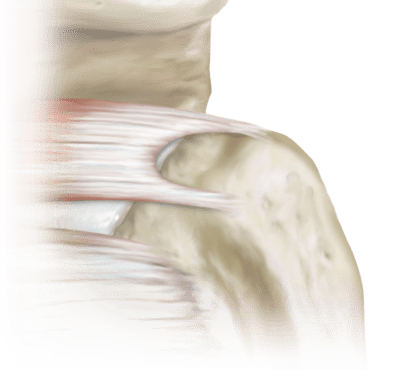
The rotator cuff can become torn from a sudden injury or traumatic event. In younger and middle-aged individuals, a rotator cuff tear can be sustained during sporting activities both contact and non-contact, or during work-related injuries such as reaching out to catch yourself from falling over.
They can also occur in the setting of a shoulder dislocation. What’s more, with repetitive strain and overhead exercises, the rotator cuff tendons can become irritated and overall unhealthy. The tendon can show signs of disease known as ‘tendinopathy’ or ‘tendinitis’. On a microscopic level, a diseased tendon has collagen fibres which are shaped and arranged irregularly. This type of diseased tendon may be more prone to tearing over time.
Finally, as we age, the rotator cuff tendon can become thinner and more ‘degenerate’, and bone spurs on the underside of the shoulder blade can abrade the tendon. This can lead to a chronic tear of the rotator cuff tendon.
What are the symptoms of a rotator cuff tear?
A torn rotator cuff can cause the following symptoms:
- Weakness – especially when trying to hold the arm up or against resistance.
- Pain around the shoulder, usually a dull ache, and worse when attempting to move the arm. Pain can radiate from the shoulder to the neck or down the arm.
- Loss of function – in particular trying to move the arm to overhead positions, or behind the back.
How is a rotator cuff tear diagnosed?
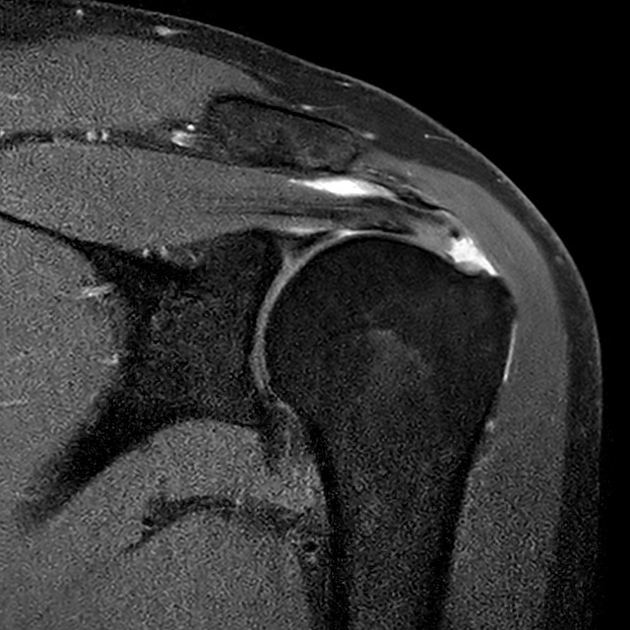
In addition to a careful clinical examination where the individual muscles of the rotator cuff are isolated and tested, the following investigations are useful in diagnosing a rotator cuff tear:
- X-ray of the shoulder – although the tendons are not shown, an x-ray is useful to exclude bone fractures and arthritis, as well as show up bone spurs that may contribute to a rotator cuff tendon tear.
- Ultrasound of the shoulder – this is a useful technique to show tears in muscle and tendons.
- MRI – the gold standard in imaging to show in detail a suspected rotator cuff tear. This helps assess the size and extent of the tear, quality of the tendon tissue, and degree of retraction of the torn tendon.
How is a rotator cuff tear treated?
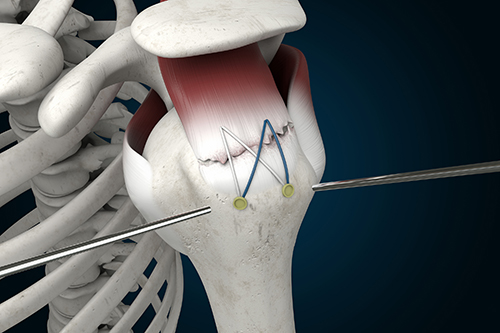
Most patients will be candidates for a prescribed trial of physiotherapy for several months in order to improve range of motion and function.
If physiotherapy does not improve function adequately, or if there is ongoing pain or weakness, then surgery to repair the torn tendon may be indicated. Surgery may also be recommended prior to a course of physiotherapy if the tear is large and better outcomes with early surgery is likely.
Rotator cuff repair surgery involves an arthroscopic (keyhole) assessment of the tendon and repair using special sutures and polyethylene anchors within the bone to repair the tendon back to its normal position. You will then have a tailored rehabilitation program to ensure the tendon not only stays in the correct position, but that it heals back to the bone and restores its function in moving the shoulder.
Click the link below to find out more about Rotator Cuff Repair Surgery
My goals as a surgeon are to relieve your pain, restore your function, and return you back to doing what you love.
– Dr Raymond Yu
- Adelaide Orthopaedic Surgeon
- Adelaide Shoulder Surgeon
About
Dr Raymond Yu
Dr Raymond Yu is an Adelaide Orthopaedic Surgeon with post-Fellowship expertise in Shoulder and Elbow Surgery.
He specialises in orthopaedic surgery of the Shoulder and Upper Limb with a focus on modern keyhole and minimally-invasive techniques.
Dr Yu has a special passion for:
- Rotator cuff repair surgery
- Shoulder replacement surgery
- Shoulder stabilisation surgery
Dr Yu practices at


